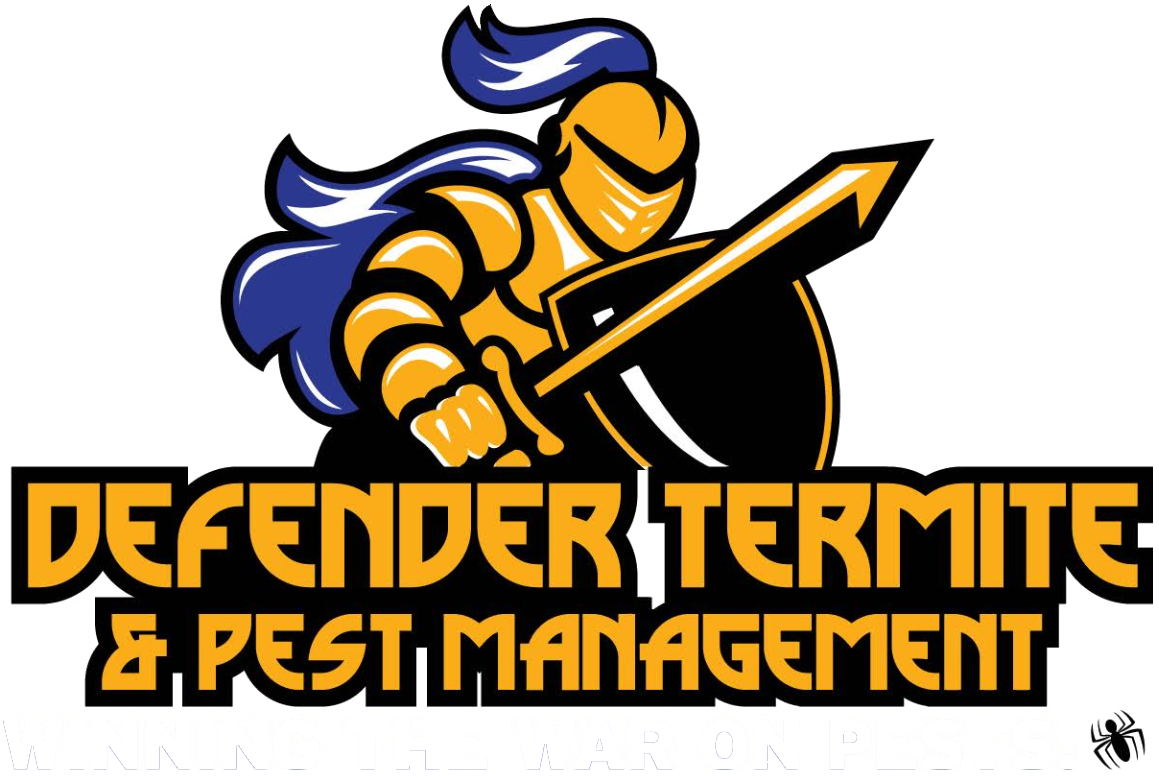Dry Rot: What to Look for, the Damage It Causes, and How to Avoid It
Dry rot is a serious problem, and it can occur in most parts of the world. While dry rot can technically happen to any wooden structure, it’s most commonly associated with homes and buildings. Left unchecked, a dry rot issue can be catastrophic, leading to structural failures and collapses. If you want to make sure that doesn’t happen to your house, here’s a look at the damage dry rot causes, how to spot it, and how to avoid it.
Dry Rot Damage
Dry rot occurs when a wood-destroying fungus begins to break down cellulose and hemicellulose, two components that make wood strong and durable. Over time, the fungus essentially weakens the structure of the wood itself, leaving it brittle. As the wood degrades, it loses its structural integrity, leading the breakage and collapse.
Contrary to the name, dry rot requires moisture. Usually, wood with a moisture level of at least 20 percent is necessary for the fungus. When the wood is damp, dry rot spreads with ease. The spores from the fungus spread through the air, drifting and settling into new areas. Then, the spores germinate, if the conditions are right, allowing the fungus to spread with surprising speed.
Northern California gets its fair share of humidity. Plus, dry rot prefers warm temperatures, usually in the 70s, which are also common in this part of the country. Overall, Northern California can be a perfect environment for the fungus, which isn’t ideal for property owners.
How to Spot Dry Rot
In many cases, homeowners don’t notice dry rot initially. It can occur in areas that aren’t highly visible, such as in attics, in crawlspaces, or behind siding. However, that doesn’t mean it’s impossible to spot.
First, dry rot causes visible damage. Examine your wood structures – such as support beams, floor areas, decking, and wood siding or trim – and look for brown-colored wood with signs of cracking and decay. In some cases, pieces of wood will have fallen away. However, even crisscrossed fracturing could indicate a problem.
Next, look for piles or patches of orange or brown dust, which can indicate an outbreak in progress. Grayish strands, similar to the look of cobwebs, or while mycelium (cushiony structures), may also be visible along the wood or in nearby areas.
Finally, look for mushroom-like fruiting. Usually, dry rot produces flat fruiting bodies when it is about to release new spores, so they aren’t always present. But, if they are, they are an easy way to spot an issue.
How to Avoid Dry Rot
It is possible to prevent dry rot. Begin by making sure any wood siding or decking is correctly sealed. Clean your gutters and make sure they steer water off of and away from your home. Also, make sure any sprinklers don’t hit your house.
Ventilation is also crucial for preventing dry rot. Ideally, your attic, bathrooms, and kitchen need systems in place to remove damp air. You also want to be vigilant about plumbing leaks, as they can create enough moisture to support a dry rot outbreak.
If you have signs of dry rot, there are treatments available. Contact a professional who can assess the damage and come up with a plan for repairing any issues and restoring your home.
